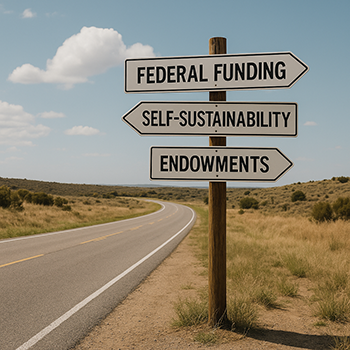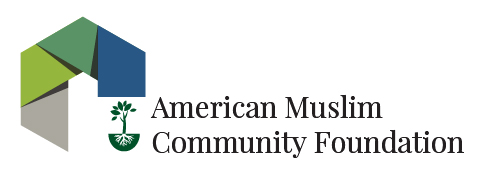
There’s a collective anxiety pulsing through the nonprofit world right now—and it’s not just about donor fatigue or corporations retreating from social causes.
It’s the fear of losing federal funding.
Federal funding often trickles down to state, county, and municipal projects to improve quality-of-life services and infrastructure and nonprofit programs and services. These include shelters for the unhoused, food pantries, after-school programs, mental health services, and even domestic violence prevention efforts.
Even though recent statements from the current administration claim there’s no executive order targeting nonprofits, the damage may already be done. Once a rumor of that magnitude hits, it plants a seed of uncertainty—and uncertainty is the enemy of strategic planning.
So what happens if that funding dries up?
Nonprofits—especially those focused on equity, advocacy, or international work—are already bracing for the worst. Add to that the ongoing challenges of:
- Burned-out donors who’ve been asked to give through every crisis imaginable
- Corporations pulling back from DEI and social good to play it “safe”
- Funders shifting priorities at dizzying speeds
And suddenly, you’re staring down a revenue cliff.
It’s time to diversify.
That doesn’t just mean applying for more grants or launching more campaigns. It means rethinking your nonprofit funding strategy altogether and investing in long-term revenue growth strategies.
Endowments offer one path forward.
Unlike grants, which have deadlines and detailed reporting requirements, endowments offer consistency. They’re long-term funds invested for sustainability, providing a cushion against political shifts and economic downturns. They give you breathing room—and planning power.
At organizations like the American Muslim Community Foundation (AMCF), endowments are already being used to support Muslim-led nonprofits and community foundations, but the model works for any organization that wants to build resilience and impact over generations.
What Endowments Can Do:
✅ Protect your mission from sudden funding cuts
✅ Support staff retention by providing year-round operational stability
✅ Show donors and boards you’re thinking beyond crisis mode
✅ Empower strategic business growth in both lean and prosperous times
You don’t need to be Harvard to start one. But you do need to start before the next funding shock hits.
This is where a capital campaign comes in.
Bring on a fundraising consultant or experienced advisor to help design a multi-year effort. Start with your most loyal supporters—those who’ve stood by your mission through the years—and ask if they’d consider a one-time, visionary gift to help launch your endowment.
Build a campaign not just around numbers, but around mission longevity, community resilience, and generational giving.
Talk to your donors not only about what their gift can do today—but what it can still be doing 20, 30, even 50 years from now.
Final Thought:
The nonprofit landscape is shifting. Whether or not this rumored executive order ever materializes, it’s clear that the old ways of funding mission-driven work aren’t guaranteed anymore.
Don’t wait for the next panic. Start building your safety net now.
If you build it, they will come. It just takes time, consistent effort, and belief.
You’ve got this.
